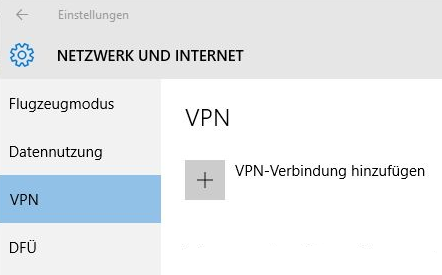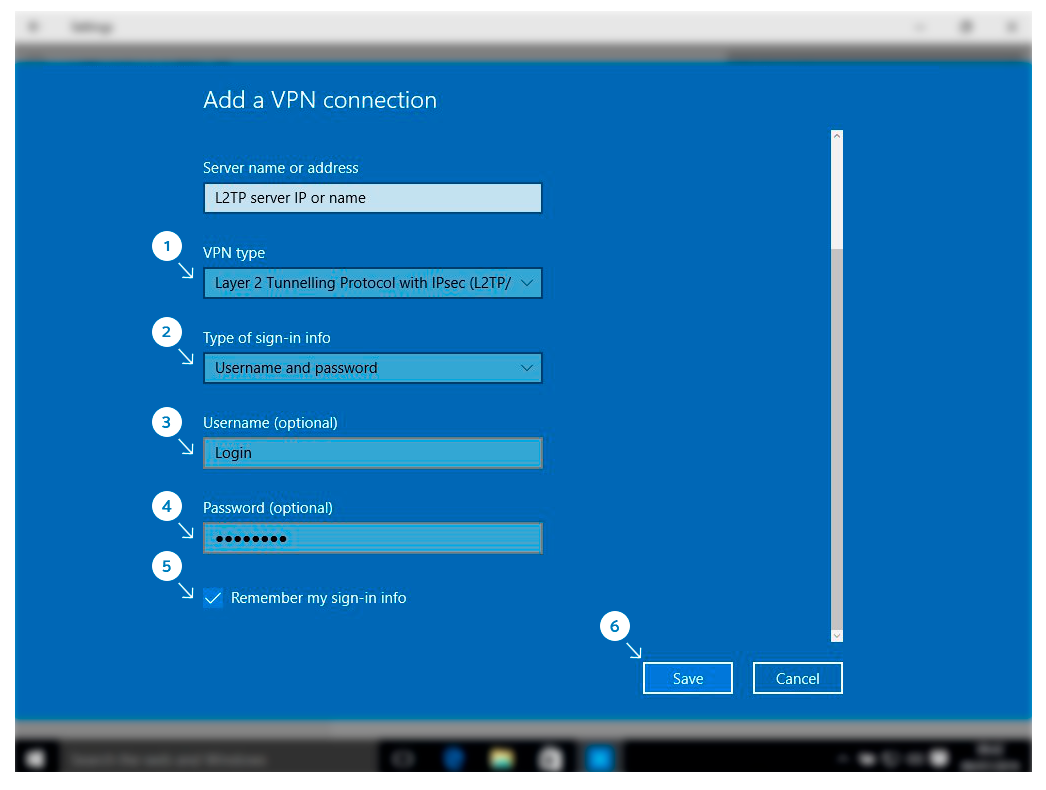
Click OK when done:ĭepending on your network and VPN configuration you may now start using your new VPN connection. in Windows 10, you get to those advanced settings. In a typical VPN deployment, a client initiates a virtual. The section half way down explains: The connection has been added but with several undesirable defaults. A VPN client uses special TCP/IP or UDP-based protocols, called tunneling protocols, to make a virtual call to a virtual port on a VPN server. If you leave the checkbox marked Show VPN status in the menu bar checked a new menubar icon will appears that allows you quickly turn the VPN connection on and off.Ĭlick on the Authentication Settings button and enter the VPN’s Shared Secret, Certificate, and/or Group Name. Virtual private networks (VPNs) are point-to-point connections across a private or public network, such as the Internet. Enter your VPN server’s IP address, your user name (Account Name), and password: Give your new VPN connection a label in the Service Name text field (1) (this can be any name you choose) and click Create (2):īack on the main Network screen, click on your new VPN name in the list on the left side. On the following screen click on the Interface drop-down menu and choose VPN:Ĭlick on the VPN Type menu and choose Cisco IPSec: On the Network screen, click on the + symbol in the lower left: IPSec VPN client for Windows 11, Windows 10, Windows 8.1, Windows 8, and Windows 7 (32 and 64 bit) Integrated stateful inspection firewall for secure. If you do not have this information please contact System Preferences and click on the Network icon:


IPSEC VPN CLIENT WINDOWS 10 MAC OS X
Starting with Mac OS X 10.6 it is now possible to connect to a Cisco IPSec VPN without having to download any extra software.īefore you begin please have your VPN’s IP address, your user name, password, shared secret, certificate, and/or group name ready.


 0 kommentar(er)
0 kommentar(er)
